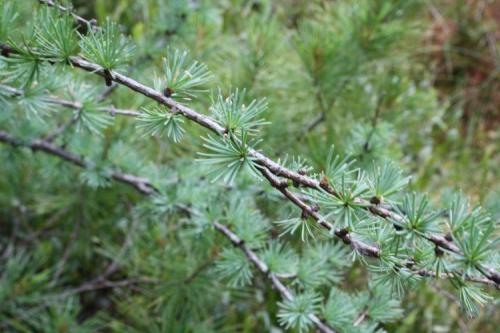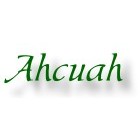I really don’t know why I haven’t gotten more into bog-walking before this. It really is a delight for all the senses.
I had a chance to do another bog-walk two days ago.
As I’ve mentioned, I’m up in northern Wisconsin again. That means I could do another walk in the bog and take a look at what the purple pitcher plants are doing this time of the year. (I only just discovered them around here, in the bog, last autumn.)
Of course, walking through the bog barefoot is a real treat to the sense of touch. There is peat moss everywhere, built up into various sized hummocks. Walking on it is like walking on 3 foot textured pillows.
Touch is also enhanced in the low areas, since one’s feet are suddenly confronted with cool water.
[Picture from June.]
With the sense of hearing you hear the birds taking flight when you approach too closely. But then, while your feet are utterly silent stepping on the moss, when you hit the water, or an even deeper section of mud, you get splashing and sometimes even a sucking sound. There is also the occasional snapped twig as you have to plow through a section of closely-spaced black spruce.
Of course the sense of sight is always engaged. Who knew that peat moss came is such a range of colors (as above)? But then there are also the purple pitcher plants.
This time of year the flowers are sticking way above the other swamp grasses. In this picture you can see them as the round red dots with the swamp lake in the distance.
They’d raised their heads compared to when I saw them in June.
Here’s that same flower from the front.
Their structure is something I’ve never seen before. There are the red back-petals, then that front shield. And in between is a yellow ball, and a tube connecting the shield. Here’s what it looks like from above.
Finally, remember that they are called pitcher plants because the leaves form little pitchers that collect water . . . and insects. Bogs are deficient in nutrients, so that is one way the plant collects them.
Do note the moth trapped in the pitcher formed by the leaves of the plant.
Moving along, I went right to the edge of bog lake.
There you see lily pads and other flowers. In the foreground, you can also see a reddish blob. Here that is in close up.
I’m not sure just what that is. It might be the fruiting body for the peat moss?
Update: Thanks to Iván in the comments, we’ve identified that as a spoonleaf sundew, another insect-eating plant. It uses those sticky ends to trap insects.
Here I’m heading back to dry land. You can (just maybe) see the path through the moss—I saw a few deer tracks in it.
You’d think a bog might smell of decaying matter, but it doesn’t. At this point the whole bog smells like sweet gale (bog myrtle), with a fresh invigorating scent.
As the area gets drier, the moss is interspersed by some trees. In one spot I saw three different species (actually, three different genera) together. See if you can spot them.
You should be able to see pine:
spruce:
and tamarack (larch):
For the sense here, I think I’ll go with a sense of awe and wonder at nature.
Oh, and what sense am I leaving out?
Climbing the hill out the bog, there was this.
Of course I had to taste them!
















It’s a sensitive ecosystem, I don’t think you should plod around too far, even barefoot.
Because there are no other wildlife like deer and elk who go traipsing around much less cautiously than a conscientious human?
That plant you think may be the fruiting bodies of peat moss (that if I’m not wrong is Sphagnum, which fruiting bodies or capsules are spherical and black), seems to be a Drossera plant about to having some flowers, another insectivorous plant.
Iván, thank you so much! I can always count on my readers.
With your hint, that is obviously Drosera intermedia, a sundew (oblong-leaved sundew or spoonleaf sundew) and, as you say, an insectivorous plant.
[…] headed out into the bog. You can see the photos from my previous trips in The Beauty of the Bog and A Treat for the Senses. It was rather fun to see the changes as the seasons have […]